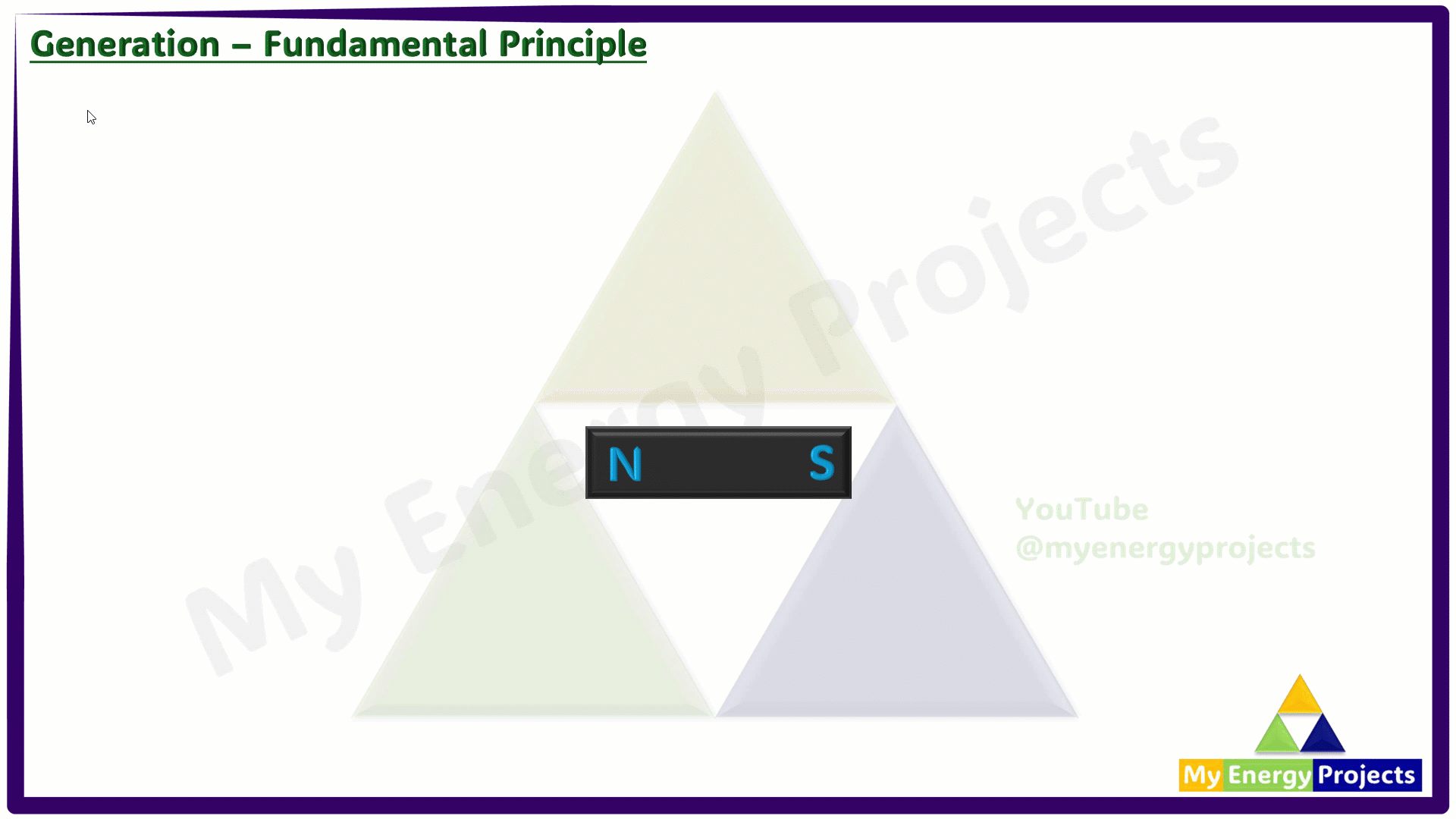Electrical Power Generation
Electrical power generation is the process of converting various forms of energy into electrical energy. This electricity is then transmitted through power lines and used to operate homes, industries, and businesses. The process involves energy conversion using generators, which are often driven by turbines powered by different energy sources.
Fundamental Principle
The fundamental principle of most electricity generation is based on British scientist, Michael Faraday's law of electromagnetic induction. This concept states that an e.m.f is induced when there is a change in the magnetic flux experienced by a conductor. In power plants, this is typically achieved by using a turbine to spin a coil of wire within a powerful magnetic field, or by spinning the magnets around a stationary coil, thereby generating a continuous flow of electricity.
Generation
The fundamental principle of electromagnetic induction is the generation of a voltage, or electromotive force (EMF), in a conductor due to a changing magnetic field. As illustrated, an electromagnet produces a magnetic field with flux lines that originate from the north pole and terminate at the south pole. By convention, the north pole is considered a source of positive magnetic energy and the south pole a source of negative magnetic energy.
When a coil is moved through this magnetic field, it "cuts" these flux lines, causing a change in the magnetic flux experienced by the coil. This change induces an EMF in the coil, which can be detected by a galvanometer. The deflection of the galvanometer's needle serves as a direct and fundamental test, demonstrating the principle of electromagnetic induction can be converted into electrical energy. This is the basic principle behind the generation of electricity in power plants and many other electrical rotatary generation equipments except solar energy .


